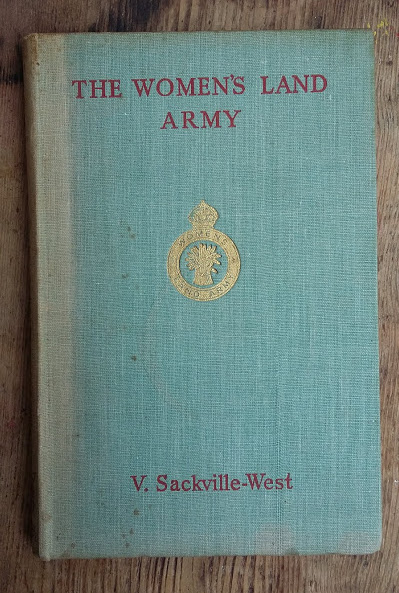The majority of the work I have made is weighty and will sit on the floor. I decided I wanted to make something about Brenda and Marion’s stories in the WAAF. Something that refers to the air, the sky and lightness in both meanings of the word.
I started by tracing the shapes (along the seams and edges) of the WAAF uniform in the museum collection and cut them out:
I had already made some cyanotypes on postcards, so went back to this process. Cyanotypes are a mix of potassium ferricyanide and ferric ammonium citrate, which becomes sensitive to UVlight. They have a female history, some of the most famous examples being botanical photograms made by Anna Atkins in the mid 19th century. I coated the chemicals onto a bed sheet – a used bed sheet.
I divided the sheet into four, then placed the tracing paper shapes in four different compositions on each piece of fabric. Then exposed them to light.
I wanted each composition to reference a female warrior. The ladies we interviewed talked about the liberation the war bought, but of course women, with rare exception, weren’t allowed to pilot planes. So I wanted these pieces to resemble banners to commemorate these heroic women who weren’t allowed to fly.
The title of the banners are ‘Brenda’, ‘Marion’, ‘Mrs Adams’, ‘ER Hammond’. The first two are ladies we interviewed who were in the WAAF (see previous post ‘Memory of Clothes – Worthing Museum (Womens Air Auxiliary Force)), the latter two name being linked to the museum uniform.
I would like these banners to hung high up. The room at the museum has a wide glass ceiling. I like that these banners be high, connecting to the sky and that the blue of the cyanotype will change slightly during the exhibition because of that.
‘Brenda’ ‘Marion’, cyanotype on fabric, 102 x 76 cm each











































